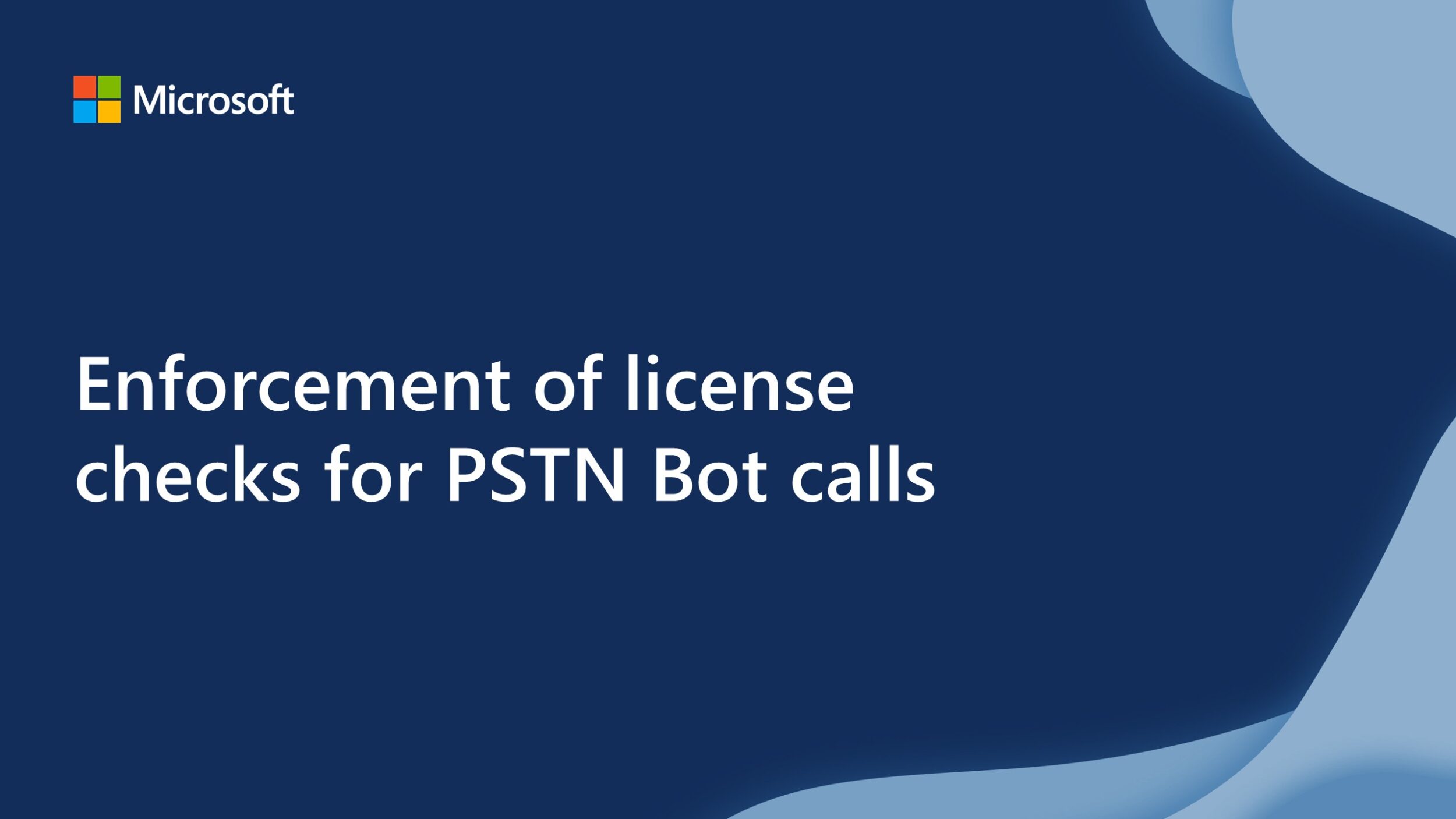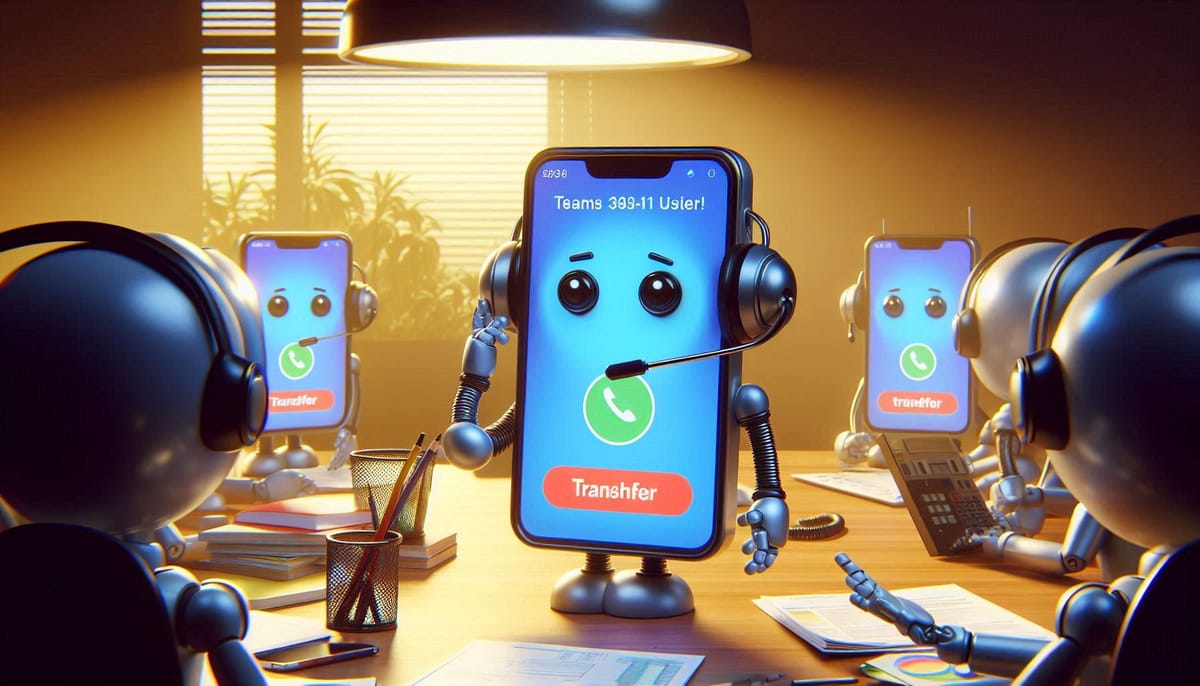Here's a nice little story of how "it works" is not the same thing as "it's supported".
I remember attending a user group many many years ago, and somebody presenting was talking about how to get around some limitation, somebody in the audience asked if that was supported by Microsoft, and the presenter seemed a bit confused by the question and dismissed it saying that Microsoft Support is terrible anyway, and that "it works" what more did you want?
A large part of my consulting background has been balancing what customers wanted to do, often to save money, vs this fine line of 'supported'. It was usually around saving money by reducing hardware and virtual server spec for Lync and Skype for Business, compared to the amount of users they wanted to put on the system. And trying to say there was a 'supported minimum spec' was always a frustrating conversation. It's not just about being 'by the book', but it's about ensuring that you're not on your own when troubleshooting random recurring performance issues, or upgrading to the latest patch introduces instability.
I feel like a grandpa talking about 'server' deployments in today's cloud world, but the fundamental lessons learnt remain as important as they ever were.
Teams Phone System licence checks
If you've done any Teams Phone administration you know that you can't add a non-enterprise voice user (do people still use that term? am I showing my age again?) to a call queue or auto attendant. That's because those particular features require the "Teams Phone" licence, and there's a simple licence eligibility check that enforces that configuration to only those with the correct licence. Obvious right? All good so far...
However, there was never such a check performed with 'bot-initiated' transfers. Which led to a proliferation of various 3rd party solutions seemingly able to bypass this licensing requirement, to automatically distribute PSTN calls directly to users that did NOT have a Teams Phone licence.
It worked? What's the problem?
The fact that it was never 'supported' by Microsoft (for a 'non-Phone user' to be part of a 'Teams Phone' scenario) means that they were well within their rights to change how that functionality worked, and... big Cilla Black moment...

Anyway, that's exactly what Microsoft are doing. And in their own words, they are simply addressing the current gap in their systems.
What does it mean?
It means that any 3rd party solution that previously provided the ability to transfer a PSTN call to a user without a Teams Phone licence will no longer be able to do that after June 2025.
What hasn't changed
Just to be clear, what HASN'T changed is the ability for Teams users to transfer calls to users that do not have a Teams Phone licence, that will still work just as it did before. This change is specifically targeting 3rd party bots (voice applications) being used as a way to bypass licence requirements, and not about stopping real people from transferring calls.
What Microsoft has to say about it
The original announcement was posted on devblogs.microsoft.com

Essentially, to sum it up in one sentence:
Effective June 2025 bot initiated transfers and add participant requests to non-phone system enabled users will be blocked.
And you gotta love Microsoft's passive aggressive wording to 3rd party vendors:
If you currently rely on the absence of license checks, enforce and inform customers about the change in behavior so they don’t experience a service disruption.

Full article below, posted 20th March 2025 - yeah, I know, I'm fashionably late.


